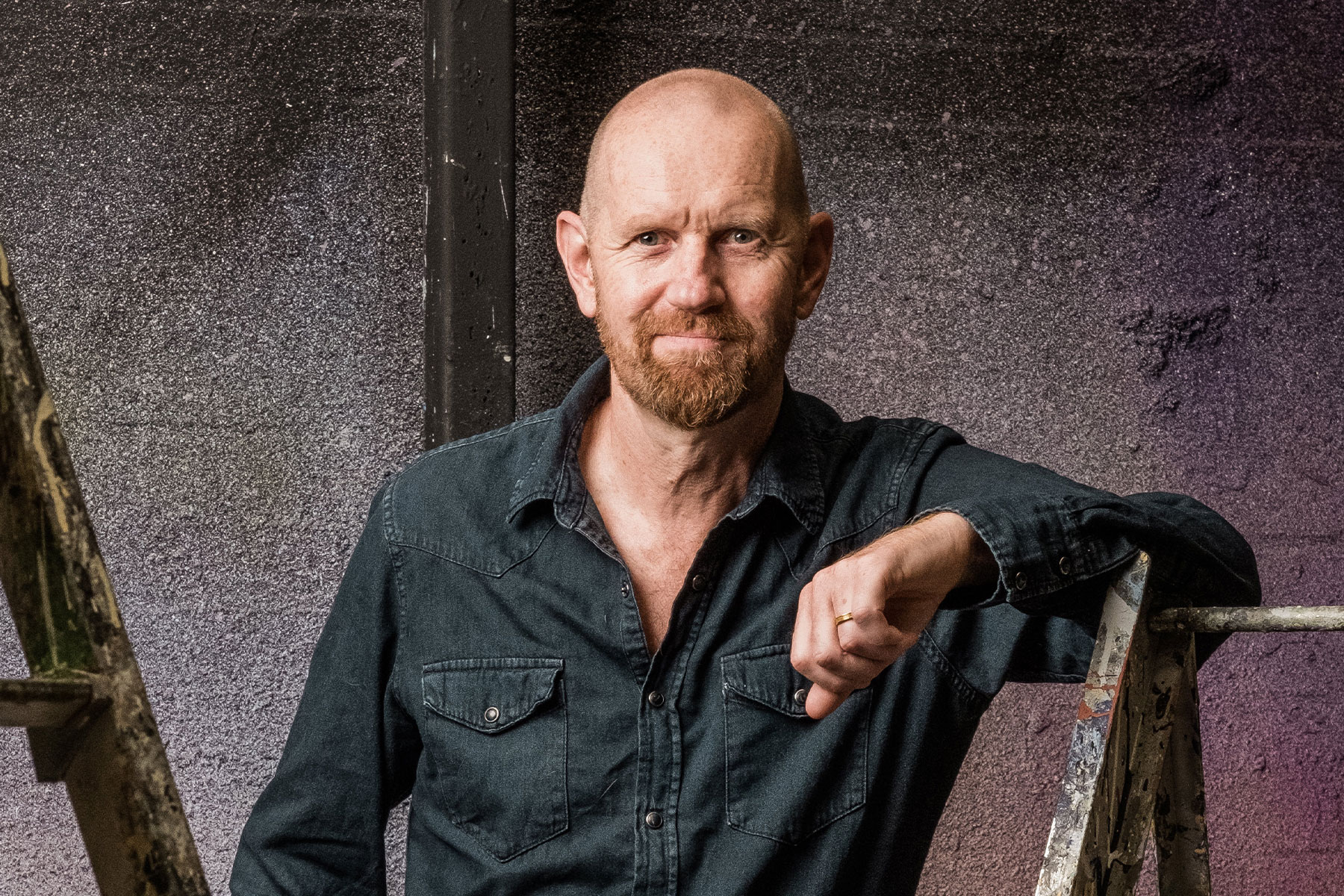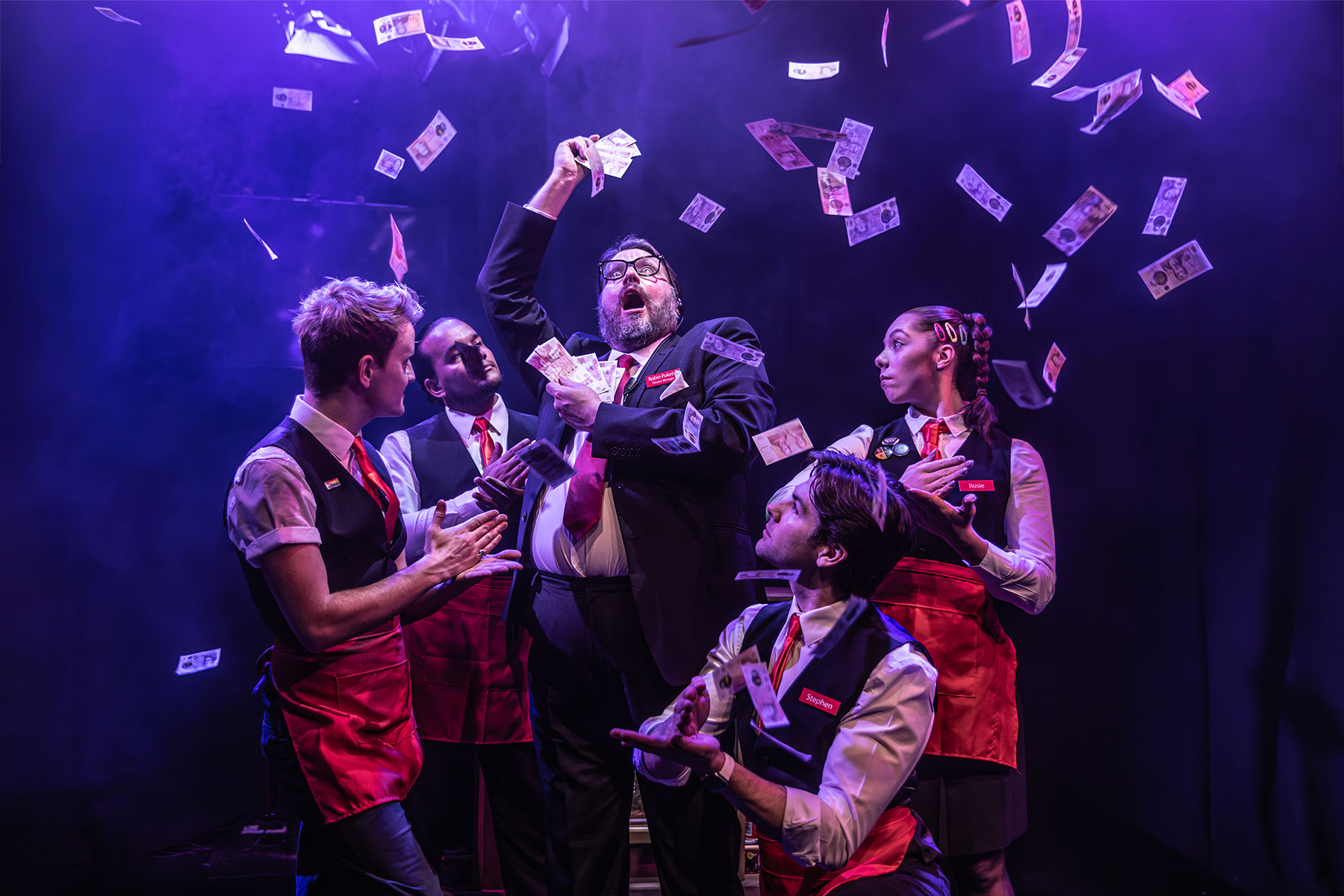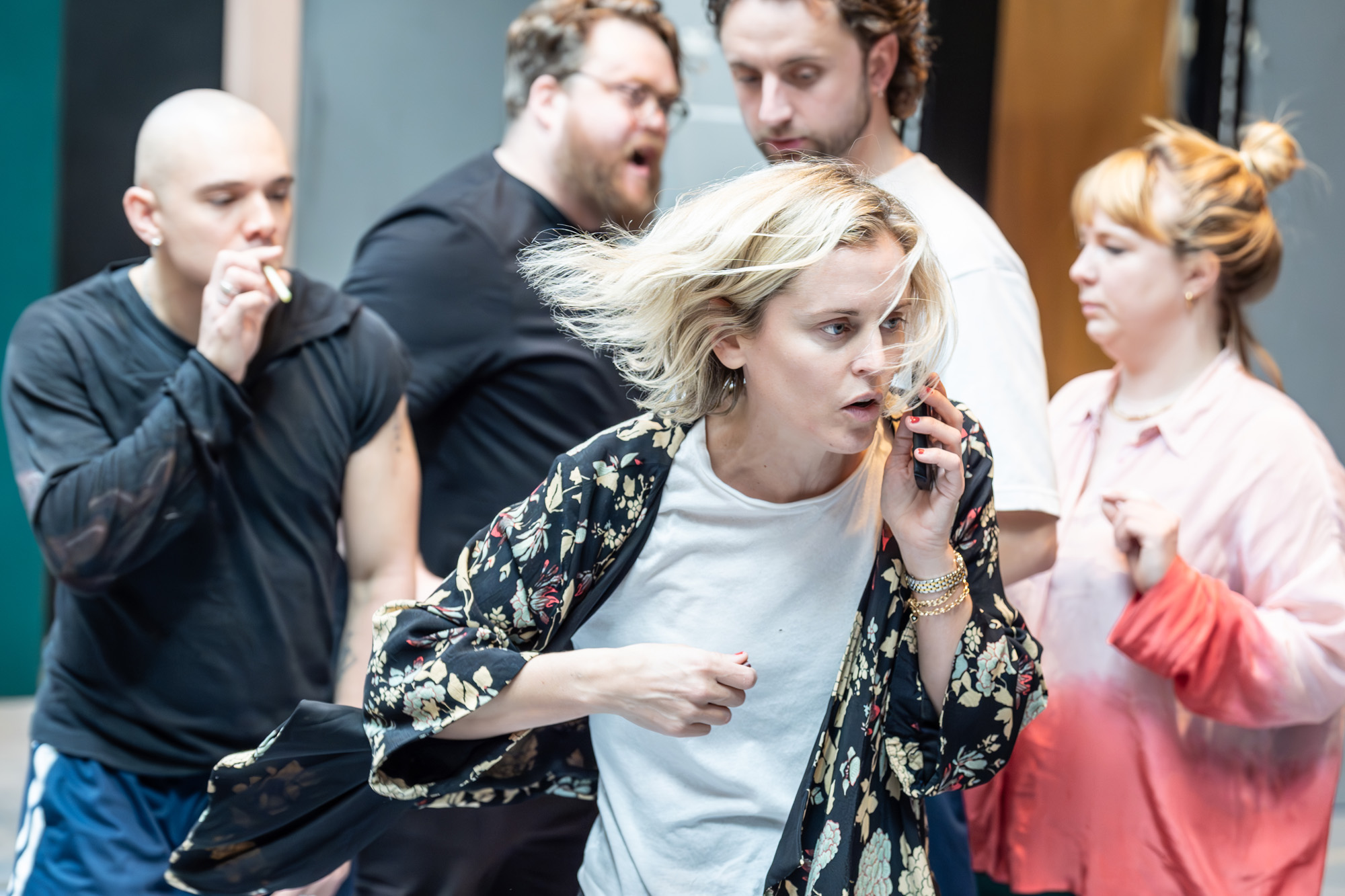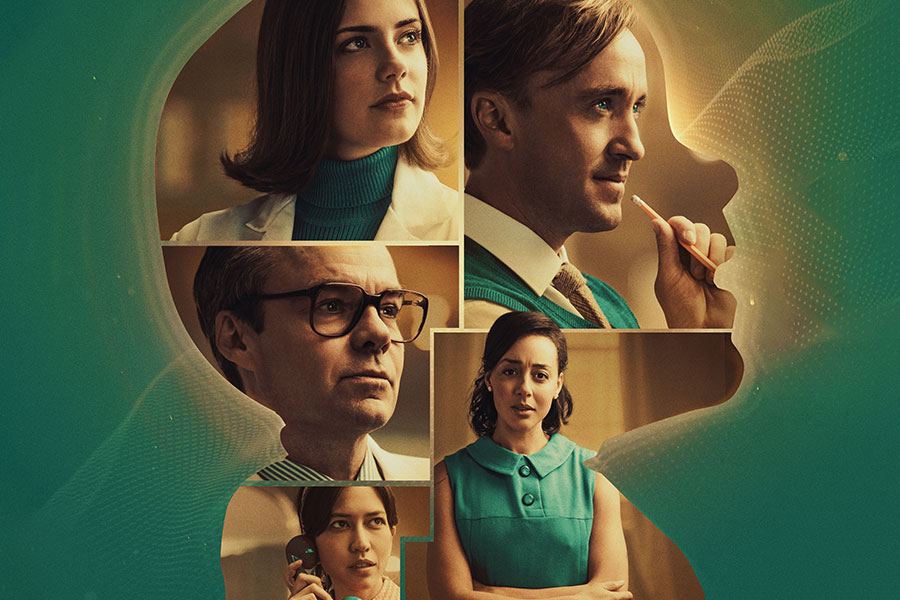Dublin Carol
While the shade of Dickens underpins Conor McPherson’s Christmas tale, it is merely the ghost of a ghost, barely discernible through an alcoholic haze.
In true McPherson fashion, the lost soul at the heart of Dublin Carol achieves redemption through a drink-driven stupor. Rather than befuddling him, the bottle guides him to the light. It’s a questionable thesis, to be sure; but, as usual with this playwright, the overwhelming sense of compassion for the wretched sot neutralises any moral (or medical) qualms. Anyway, we all know there’s a parallel theatrical universe out there, populated by the great American and Irish playwrights, where every drinker has a superhuman liver and where booze brings not oblivion but enlightenment.
First, though, there is rage. We get plenty of that in this revival, but it is not well focused. Any staging of Dublin Carol stands or falls by the interpretation of John, the undertaker, and few actors today can match Gary Lydon for raddled Irish belligerence. Therein lies a problem, however. For McPherson does not write empty invective; he deals in poetic monologues that unravel the character’s self-loathing in wry, lithe cadences.
As directed by Abbey Wright, Lydon flattens out the text’s drifting colours into a droning rant. Key lines go for nothing as he fails to locate the pathos beneath the anger – even when John realises, in a flash of lucidity, that “I’ll never go this low again”.
John’s relationship with his daughter Mary dominates the play’s hard centre, but Lydon and Pauline Hutton make their speeches ‘at’ one another with little sense that they are lost family members who might one day fumble their way towards a relationship. Only Rory Keenan as the undertaker’s young assistant, Mark, succeeds in locating McPherson’s verbal pulse. Keenan’s animated stage presence is magnetic; not only does he shade the text with liquid ease, he also has (as John says of his character) “a great listening quality”.
Helen Goddard’s sober, functional design is lit with muted naturalism by Emma Chapman; Davey Anderson’s soundscape, by contrast, is a busy affair – often distractingly so. Is that trickling sound we hear the Liffey or the Lethe? In this tale of life and death it could be either.
– Mark Valencia










